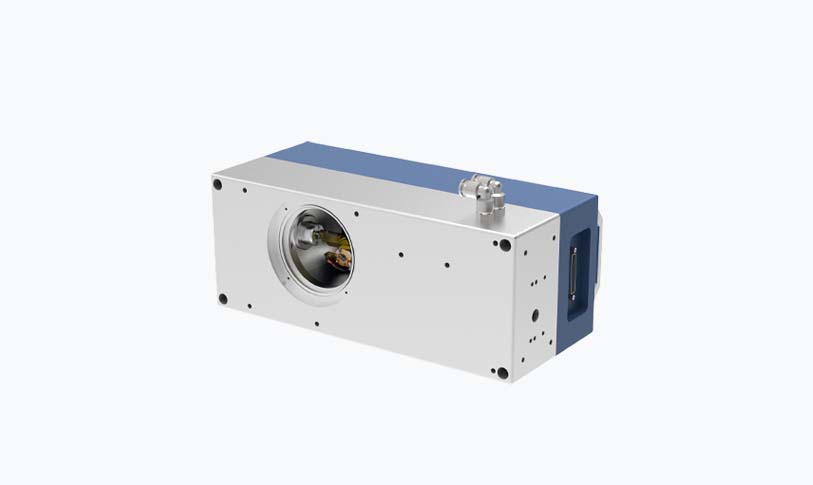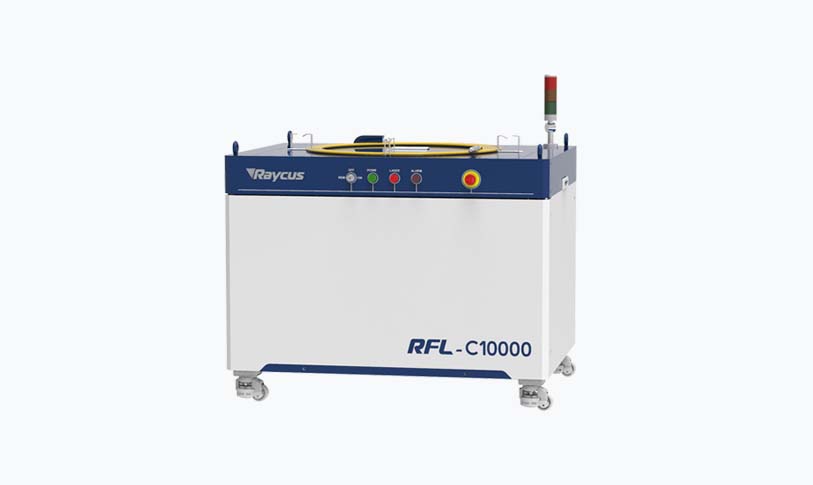[femtosecond micromachining]Femtosecond Micromachining: A Precision Technique Revolutionizing Microfabrication
News 2025-7-4

Femtosecond Micromachining: A Precision Technique Revolutionizing Microfabrication

Femtosecond Micromachining: A Precision Technique Revolutionizing Microfabrication

Femtosecond Micromachining: A Precision Technique Revolutionizing Microfabrication
At the heart of femtosecond micromachining lies the ultrafast laser, which produces pulses so short—in the realm of femtoseconds—that they can interact with materials in a highly controlled manner. This precision allows for the manipulation of materials at a microscopic scale, enabling the creation of intricate structures and components with precise features down to the micrometer and even nanometer scale.
The applications of femtosecond micromachining are vast and diverse. In the medical field, this technology is being used to manufacture微小型的医疗设备和器械,如微型传感器和药物输送系统。In addition, it is playing a crucial role in the development of advanced materials for electronics, optics, and aerospace. The ability to create precise structures with fine features enables the production of smaller, lighter, and more efficient components for these industries.
Another key advantage of femtosecond micromachining is its versatility. The technique can be used to machine various materials, including metals, polymers, ceramics, and even semiconductors. This versatility allows for the creation of complex components and structures from a wide range of materials, further expanding the potential applications of the technology.
Moreover, femtosecond micromachining is not limited to simple cutting or drilling operations. It can be used to perform complex tasks such as multi-material microassembly, the creation of micro-patterns on surfaces, and even the fabrication of three-dimensional microstructures. This level of precision and complexity enables the manufacture of highly specialized components for various fields, including biology, medicine, engineering, and more.
Overall, femtosecond micromachining is a powerful tool that is enabling a new era of microfabrication. With its precision, versatility, and ability to create complex microstructures, this technology is poised to transform various industries and advance scientific research. As the field continues to evolve and researchers continue to push the boundaries of this technology, it will undoubtedly continue to bring forth new innovations and applications in the future.